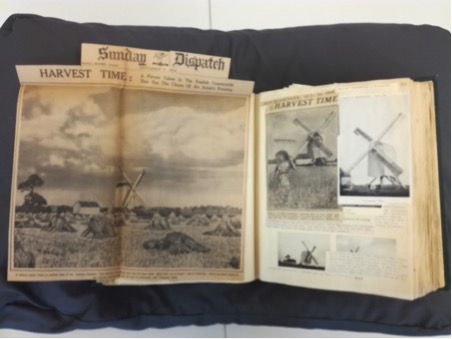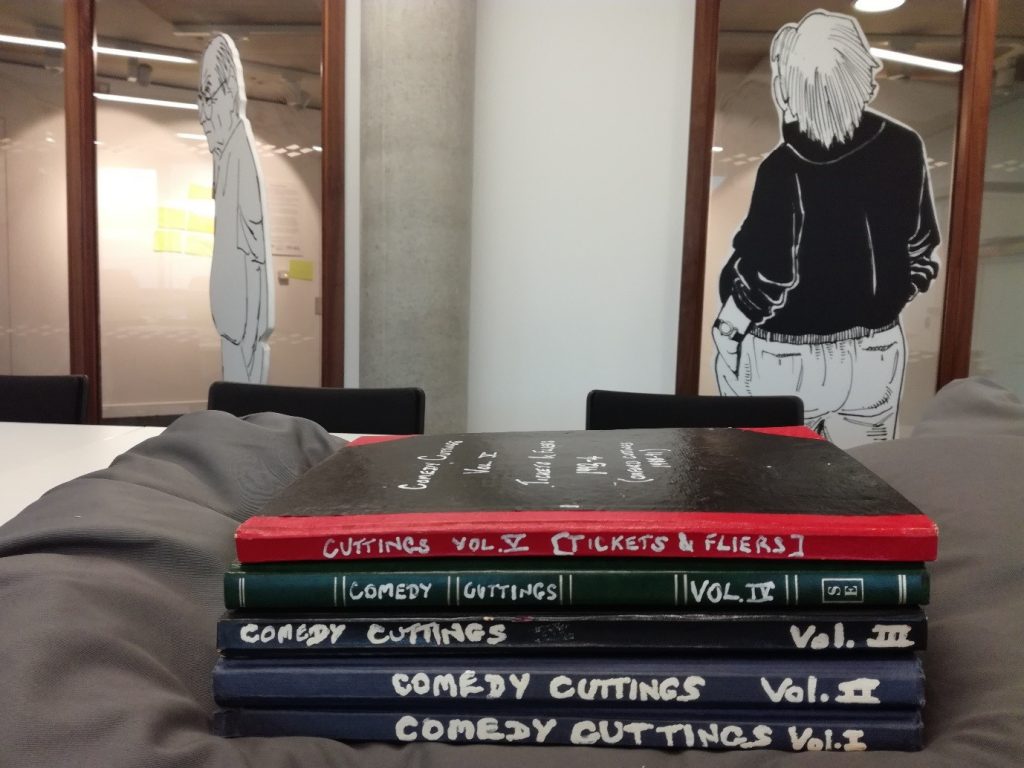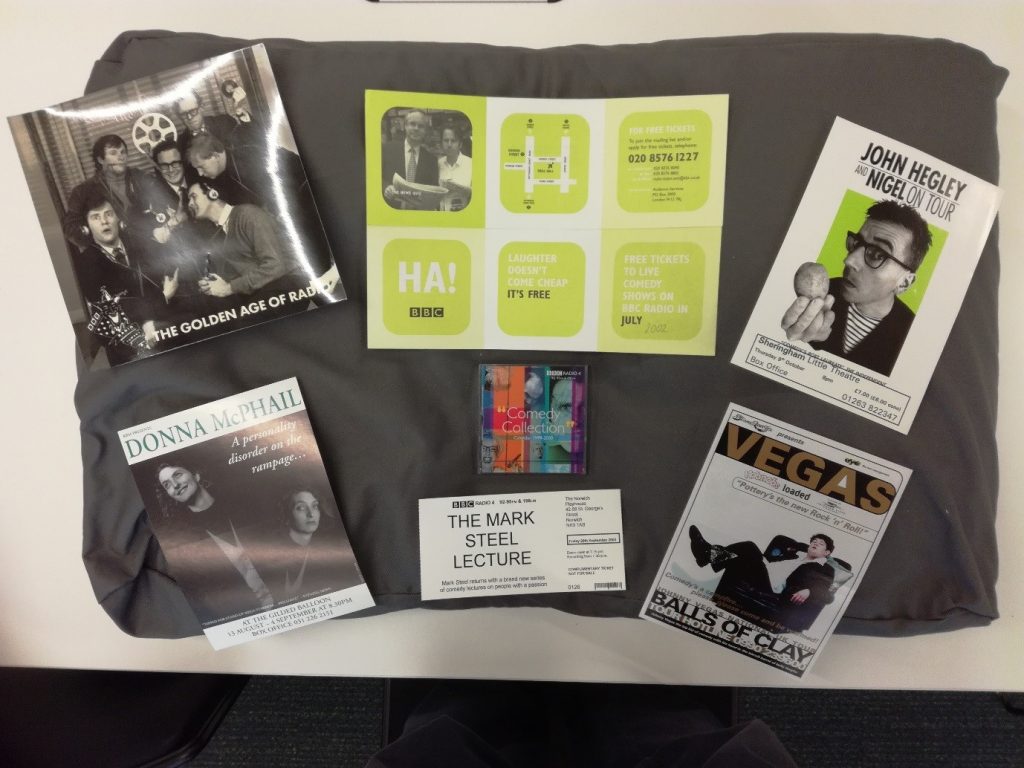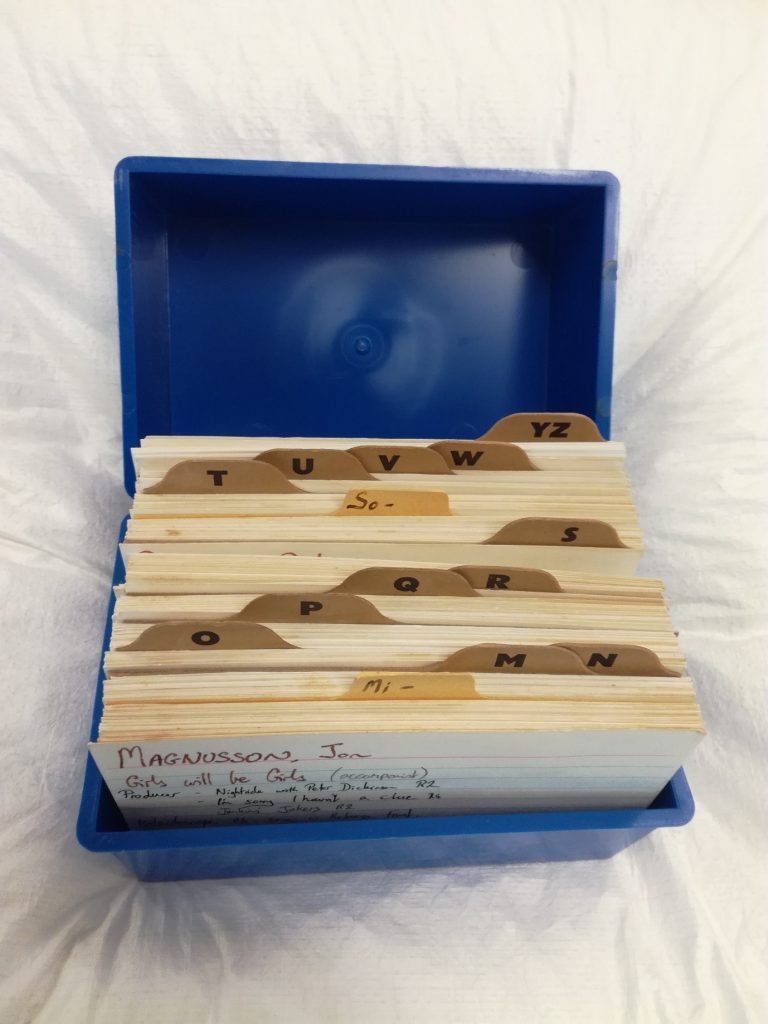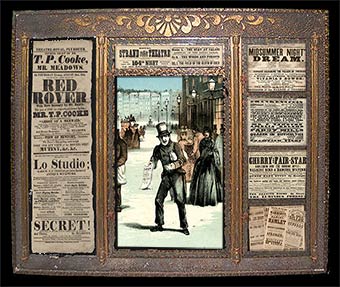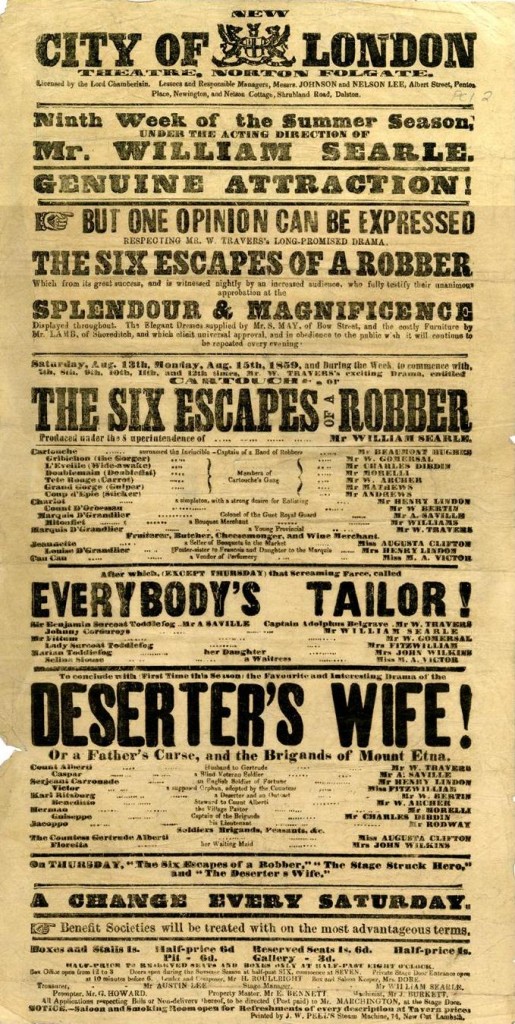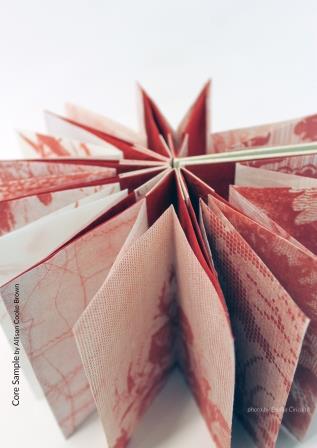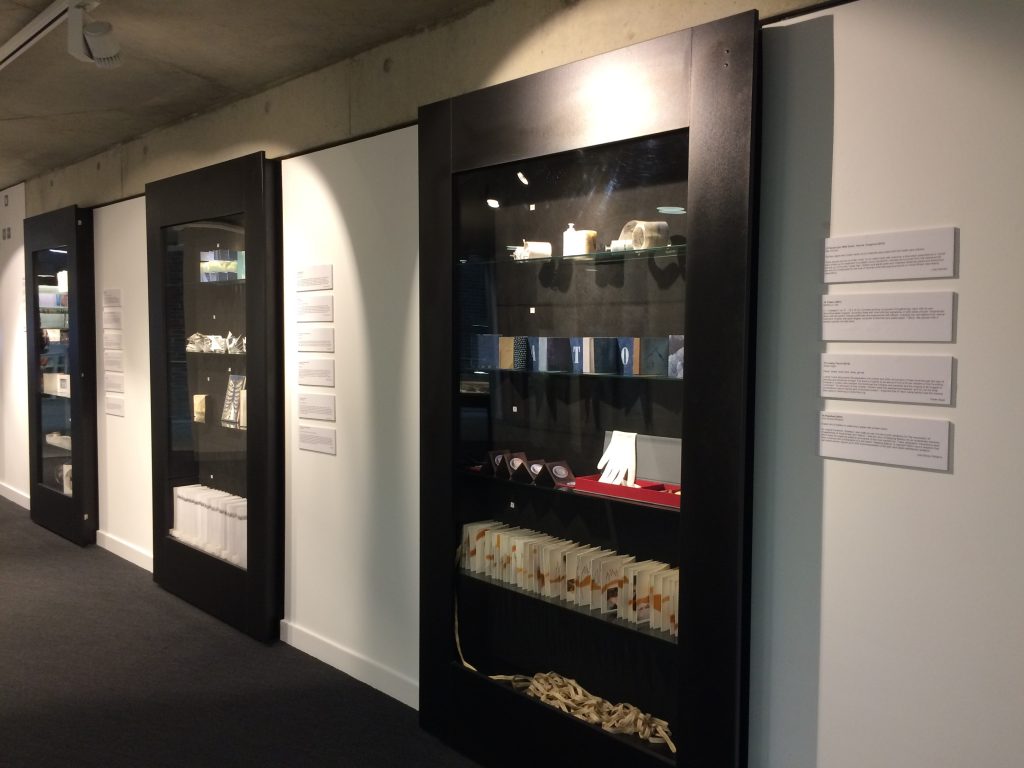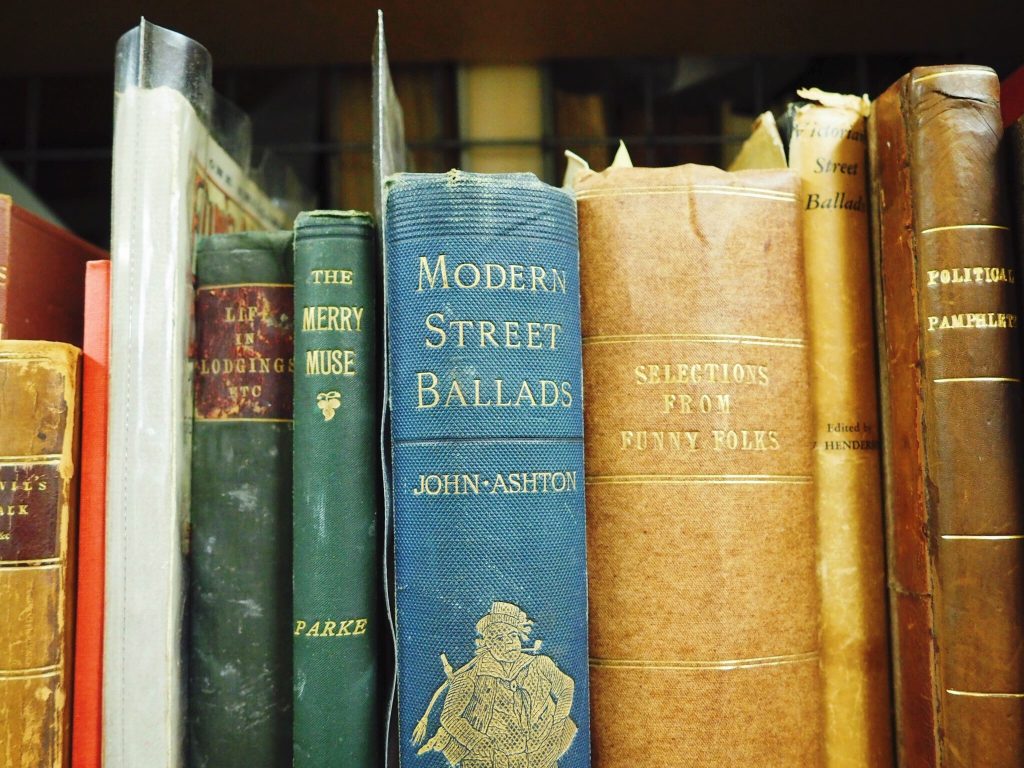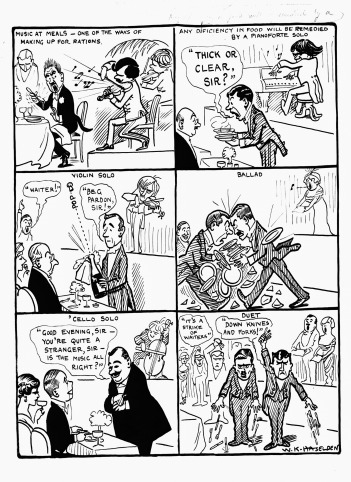Jon Shepherd, Assistant Archivist in Special Collections & Archives until December 2017, writes:
The Tiffin Scrapbooks is a small collection of scrapbooks containing several hundred black and white and coloured images of windmills and cuttings mainly from around the county of Kent but also elsewhere in the UK and even from further afield in Europe.
The first scrapbook is titled ‘Windmills In Kent-past and present’ including photographs from the villages of Aldington in Mid Kent to Worthin East Kent.
Secondly there is a miscellaneous scrapbook which contains newspaper and magazine cuttings and postcards dating from the 1930s and covering the following English counties; Kent, Sussex, Essex, Yorkshire, Surrey, Cambridgeshire, Lincolnshire, Norfolk, Nottinghamshire, Buckinghamshire, Warwickshire, Leicestershire, Northamptonshire, Yorkshire, Bedfordshire, Suffolk, Oxfordshire as well as Anglesey, Holland, Belgium, Spain, Germany, USA and Mykonos.
Scrapbook three again covers the Windmills of Kent and was assembled in around 1935. It includes cuttings, photographs, maps, poems, lists, postcards, typescript text and cartoons. It includes items on windmills from the villages of Acrise in South Kent to Yalding in West Kent, as well as images of some other subjects.
The fourth scrapbook contains a photographic record of all of the windmills in Kent that remained standing in the year 1931 taken by A. W. Tiffin This includes examples from the Kent villages of Ash in East Kent through to Woodchurch in South Kent.
The last scrapbook is known as the Lancaster Burne Album and includes 261 pages of cuttings, postcards, adverts, photos and manuscript notes regarding windmills that can be found from Argos Hill to Zoandam. It includes windmills in Kent, West Sussex, East Sussex, Surrey, Holland, Belgium and France.
The collection can be browsed via the online catalogue via https://archive.kent.ac.uk/TreeBrowse.aspx?src=CalmView.Catalog&field=RefNo&key=MILL%2fTIFF.
If you would like to take a closer look at any of these five items and their fascinating images of windmills then please get in contact with us on specialcollections@kent.ac.uk or +44 (0)1227 82 3127.


